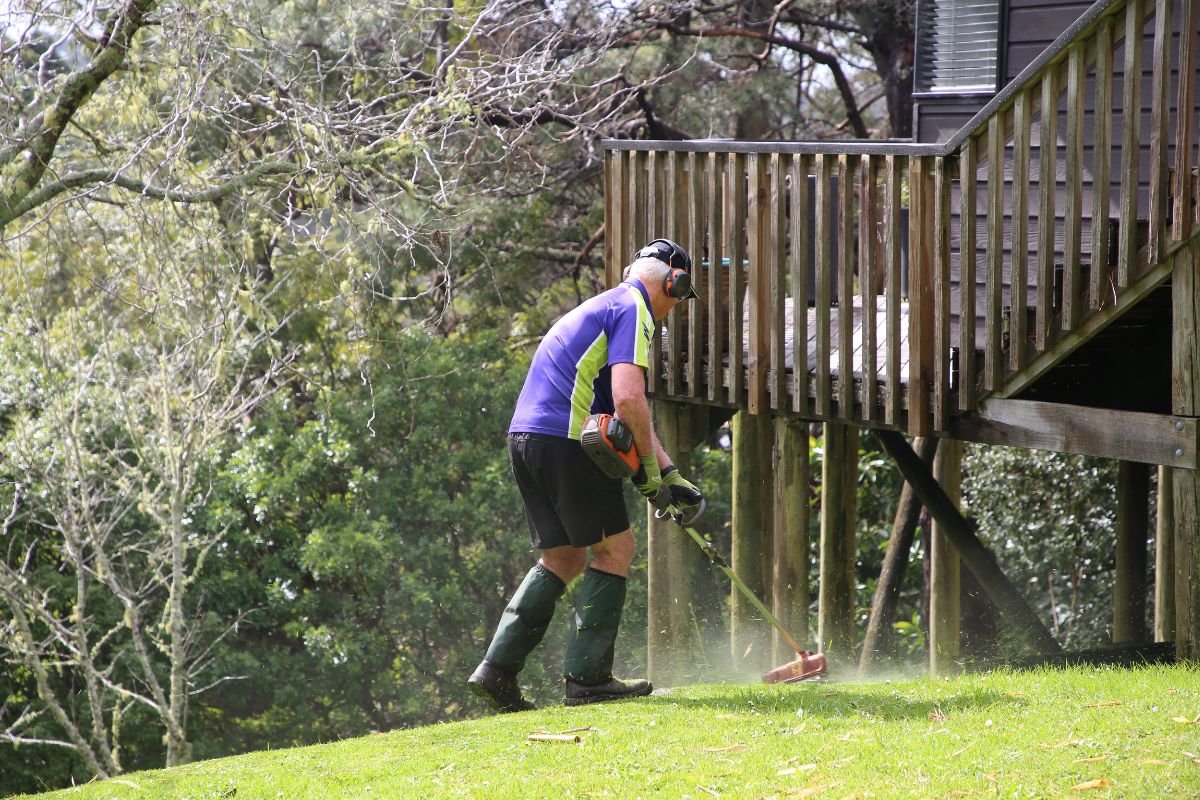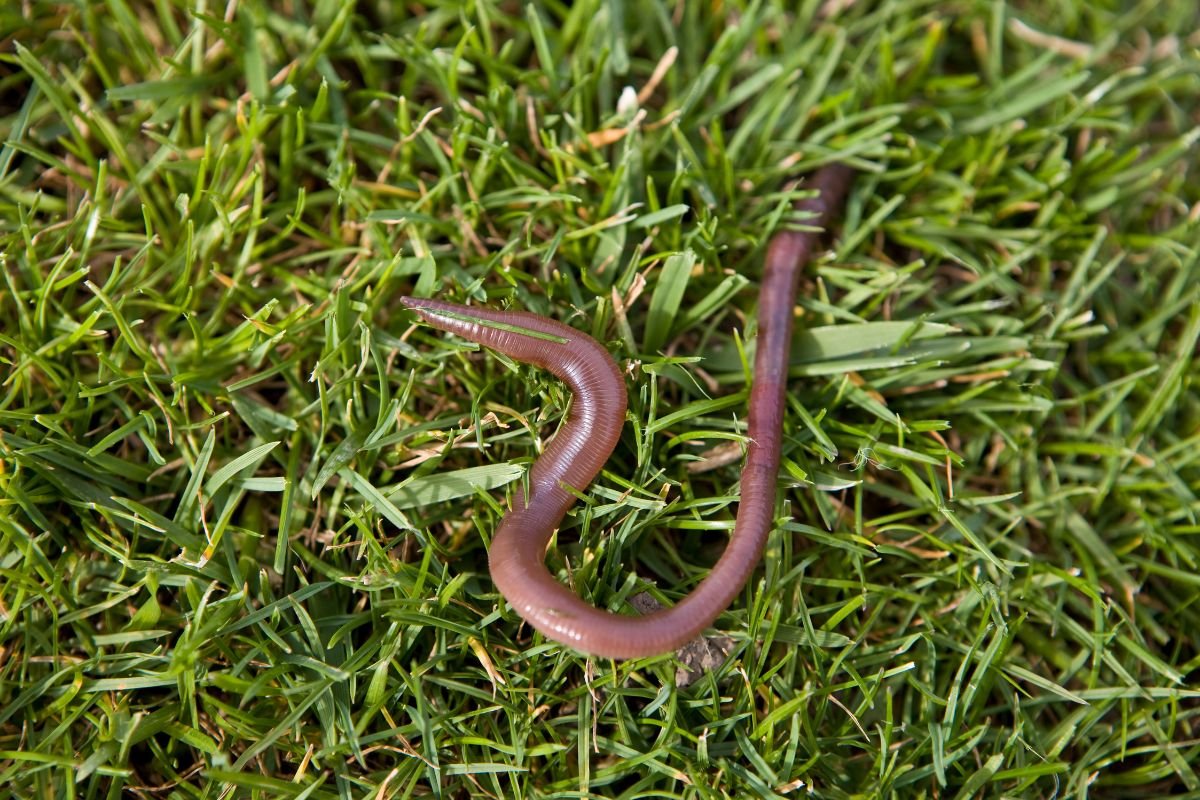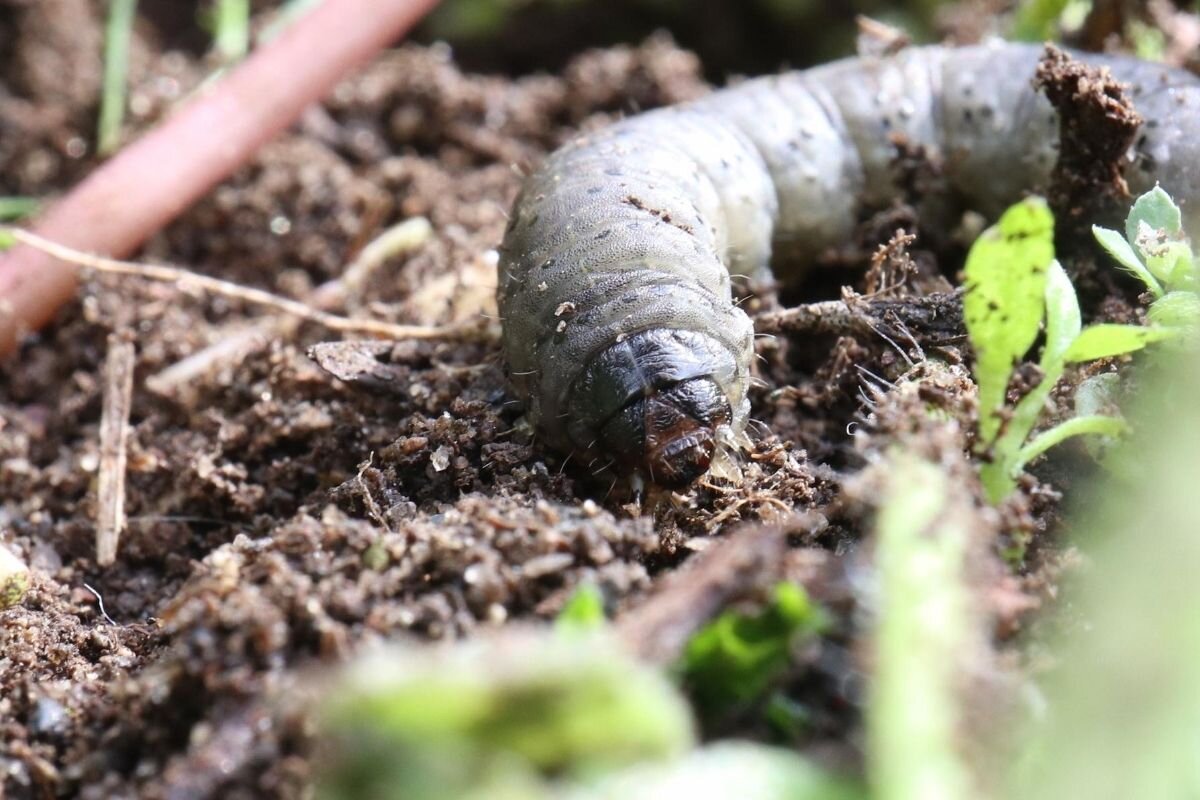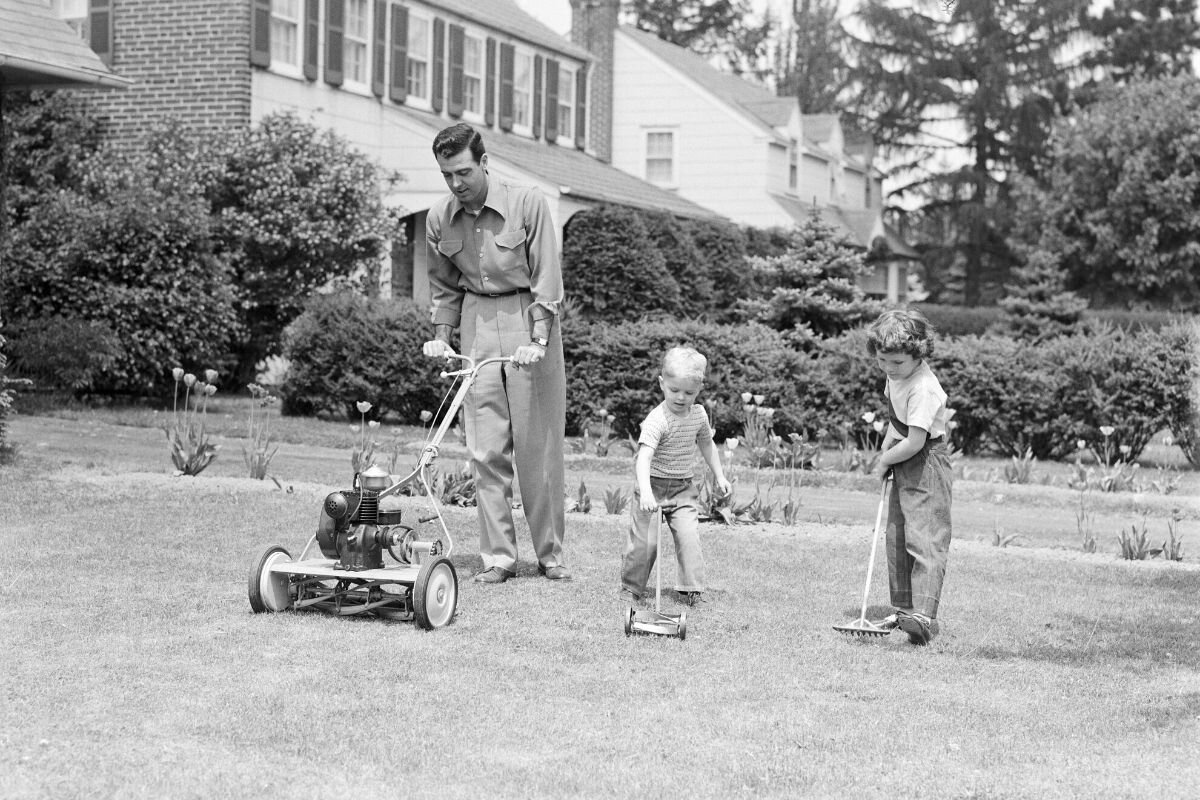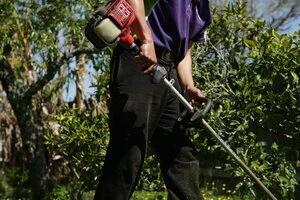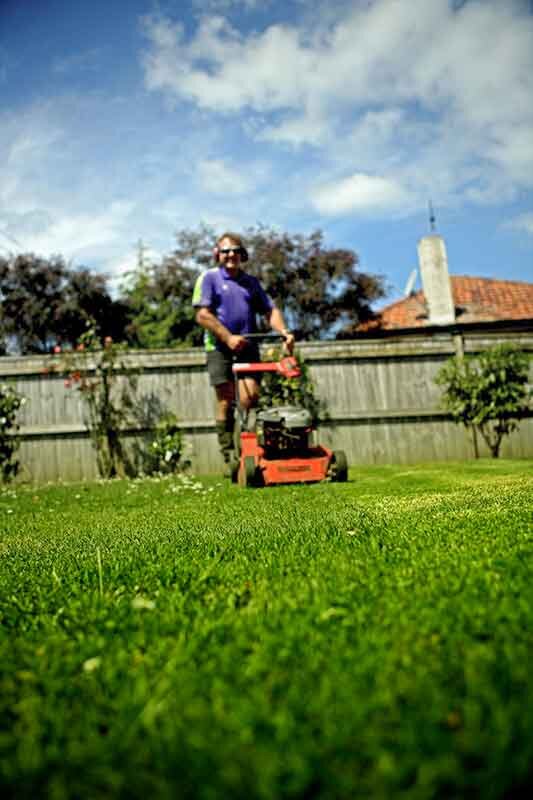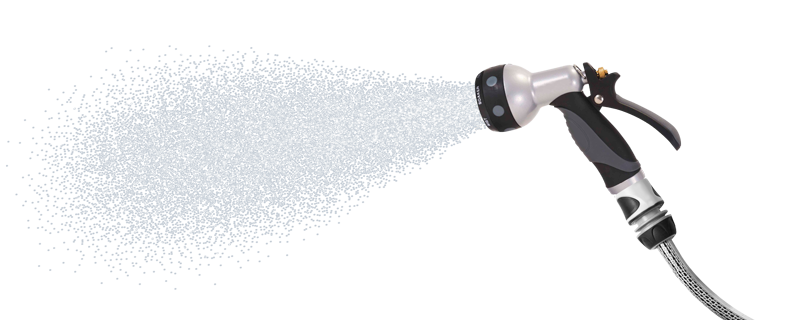When you look out your window at your struggling, sad-looking lawn, you probably wish it could talk. If it could explain what was wrong with it, then you might be able to fix it!
Two things that lawns commonly require are dethatching and aeration. Give them these two things, and you may just be able to eliminate a problem you thought you’d never solve. Read on to learn what dethatching and aeration are – and whether doing them might be right for your unique situation.
What is Dethatching?
To understand dethatching, you first need to understand what thatch is. It’s a layer of dead and living plant material that can build up on your lawn. It tends to sit between the soil’s surface and the plant.
Too much thatch can promote disease and insects. Before you know it, you’ve got a weed problem, poor growth, and a lawn with a face only a mother could love. Eventually, without action by you or a lawn care company, your grass can die.
Of course, having thatch is not always a bad thing. Having a small amount of mulched leaves or grass clippings can be beneficial for your lawns. But some materials take a long time to break down. In the meantime, your grass is choking while the thatch grows thicker.
So, How Do You Dethatch Your Lawn?
You can go about it in one of two ways. If you don’t have the time or inclination to worry about your lawn’s issues, contact a lawn care service provider. They will have the expertise and, of course, the time to handle the problem for you. Before you know it, your lawn is looking at its best.
But DIY is in our DNA, or so the TV ad goes. So, you may want to tackle the dethatching process yourself. In that case, the best time of year for you to begin is during autumn.
Your lawn is going to look dreadful at first, but it won’t always. Follow up the dethatching process with fertiliser and by oversowing grass seed. Experts also have dethatching machines that can tackle the task far faster than hand tools can.
Getting Stuck in
To get involved in the dethatching process, use a spade to dig a small sample section of your lawn from the soil to the tip of the grass. By doing so, you can see how thick that thatch layer is. Any more than an inch, and you’ve probably noticed that your grass colour is not the healthiest, or your lawn seems weak.
If it measures over two inches, then the task will probably require the helping hand of an expert. It might take more than one session to remove, and if you remove too much, you can damage your grass beyond repair.
You can also go about it in three ways – by yourself or with help. You can use a vertical mower, a power rake, or a short-tined rake. The type of tools you use can depend on how bad the thatch is. A rake is ideal for light thatch or a small lawn. A power rake with rotating tines would suit thin thatch on a large lawn. A vertical mower may suit scenarios where you’ve got a lot of thatch that you need to remove.
What is Aeration?
Soil aeration is the process of opening up your soil to let in oxygen. To know your lawn requires aeration, it pays to know what happens if you don’t do it. Soil can become dense, flat, and compacted over time. You may struggle with drainage and healthy grass growth, among other problems.
A way to tackle that problem is by using manual or automatic aeration machines to add a little bit of oxygen. The process of aeration allows for better, deeper, healthier root growth, which results in healthier grass. Your lawns can then absorb water better, which can solve problems you’ve had with surface water.
If you leave this task in the capable hands of a lawn care company, they may even be able to use a seeder to fill in those bald spots and give your grass growth a helping hand.
If you prefer to handle it yourself, then you’ll be pleased to know it’s probably more straightforward than you might have thought.
How to Aerate Your Soil
Firstly, it’s important to aerate your soil at the most appropriate time of the year. This will be in early to late spring. Make sure your soil is moist enough, such as the day after it has rained. Alternatively, you can water the lawn before you begin.
You can use a plug aerator or a spike aerator – both of which involve creating holes in your lawn. A spike aerator requires a solid tine or a fork, while a plug aerator removes a ‘plug’ section of your grass with each move. If you are buying tools for this task, make sure you follow the instructions. Otherwise, hire a gardening expert who can assist.
Once you’ve aerated your soil, you’ll be able to benefit from water being able to flow freely through your soil and reach the roots for healthy grass growth.
Dethatching and Aeration – What Comes Next for You?
If your grass is not looking at its best, have you thought it might require aeration or dethatching? Of course, there could be several things wrong, but these are two of the most common.
If you’re not sure what to do next, contact a lawn care expert. They can offer some advice and may even be able to take care of the problem for you.




